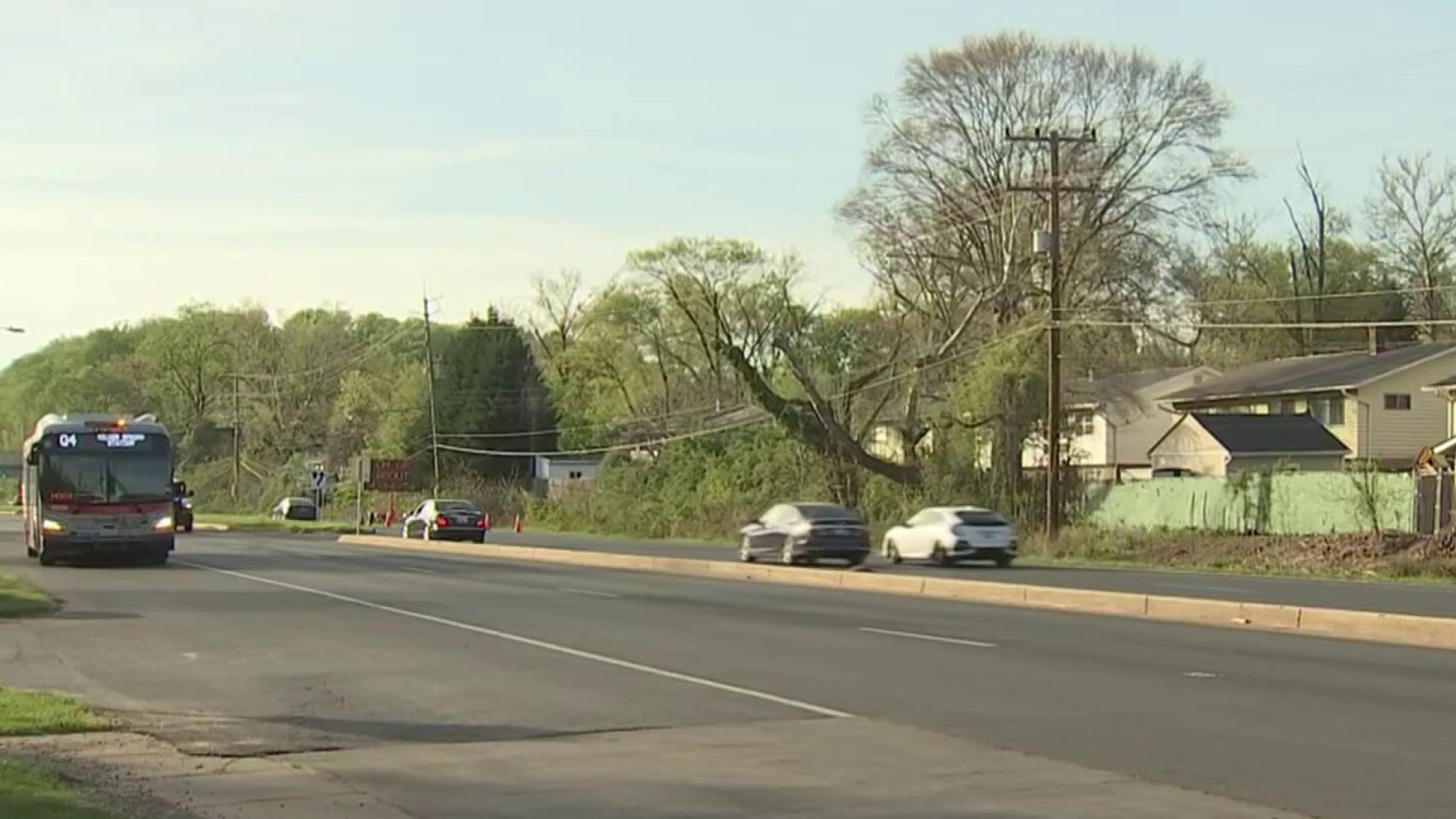For the first time since the fatal Red Line crash four years ago, Metro is inching closer to using an automated train operation (ATO) system once again.
The intricate network of track signals and circuits that allows Metro trains to run in an automatic mode is at a point where the transit agency feels comfortable testing it out. Metro's new track circuit module system will be tested in a limited fashion during non-revenue hours, when passengers are not using the system.
When these systems are in place, computers are responsible for keeping trains spaced evenly, functioning at the right speed and arriving to their destinations on time. A train operator remains on board, but his or her job is to open and shut doors as well as respond to emergencies.
Part of the overall protection system failed in 2009, when nine people lost their lives. The computer system signaled a "go-ahead" for a Red Line train, when in fact the previous train was still on the tracks, just around a curve close to the Fort Totten station.
Metro hasn't used ATO since, but change is on the horizon.
During a board meeting Thursday, Metro General Manager Richard Sarles announced the agency will test its new track system next month. It will then be up to the National Transportation Safety Board to approve the system.
The system would still mandate a train operator be on board, with access to an emergency brake.
Local
Washington, D.C., Maryland and Virginia local news, events and information
When enacted, the ATO is expected to cut down on the "stop and go" many Metro riders are familiar with when trains pull up to stations now, because operators are manually controlling trains. This would in turn keep trains on a timely schedule.
No word yet on when the ATO will be fully enacted.



